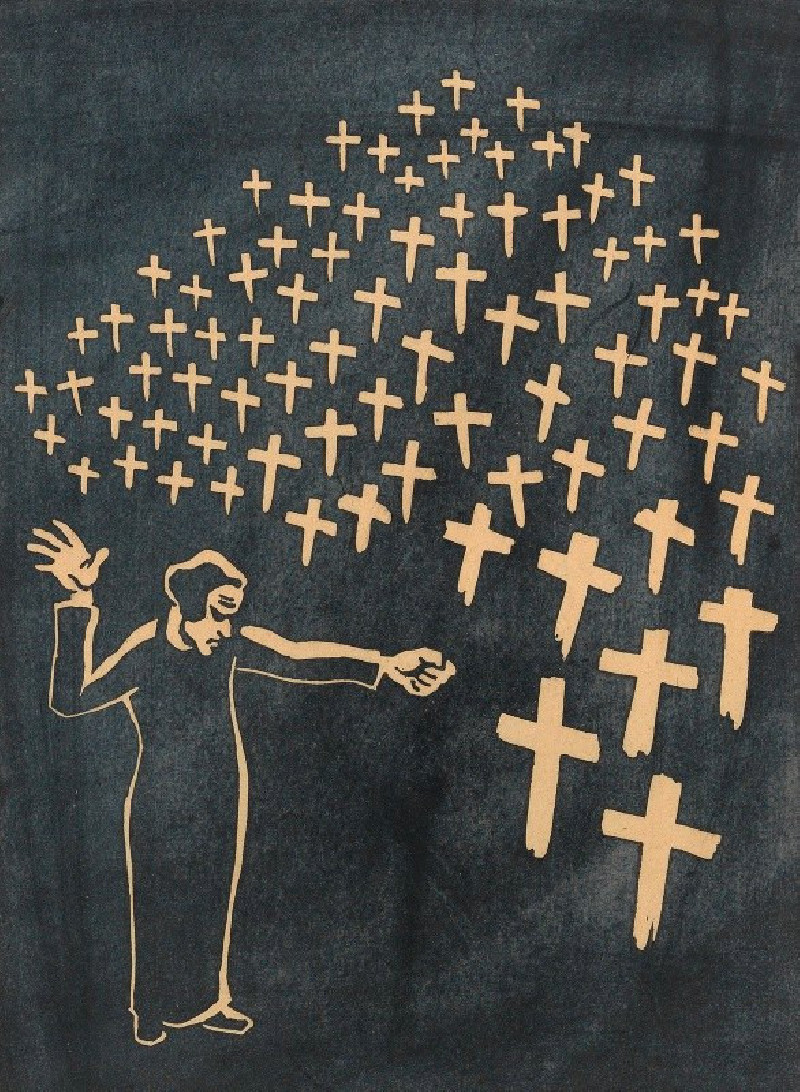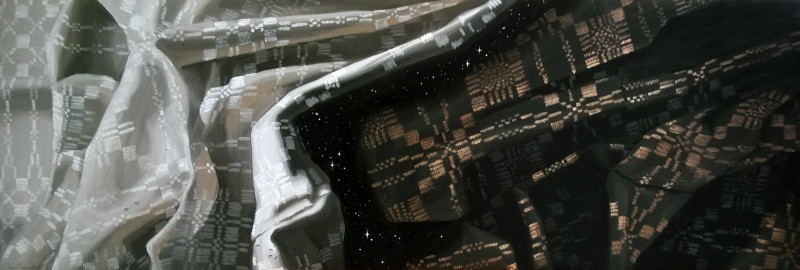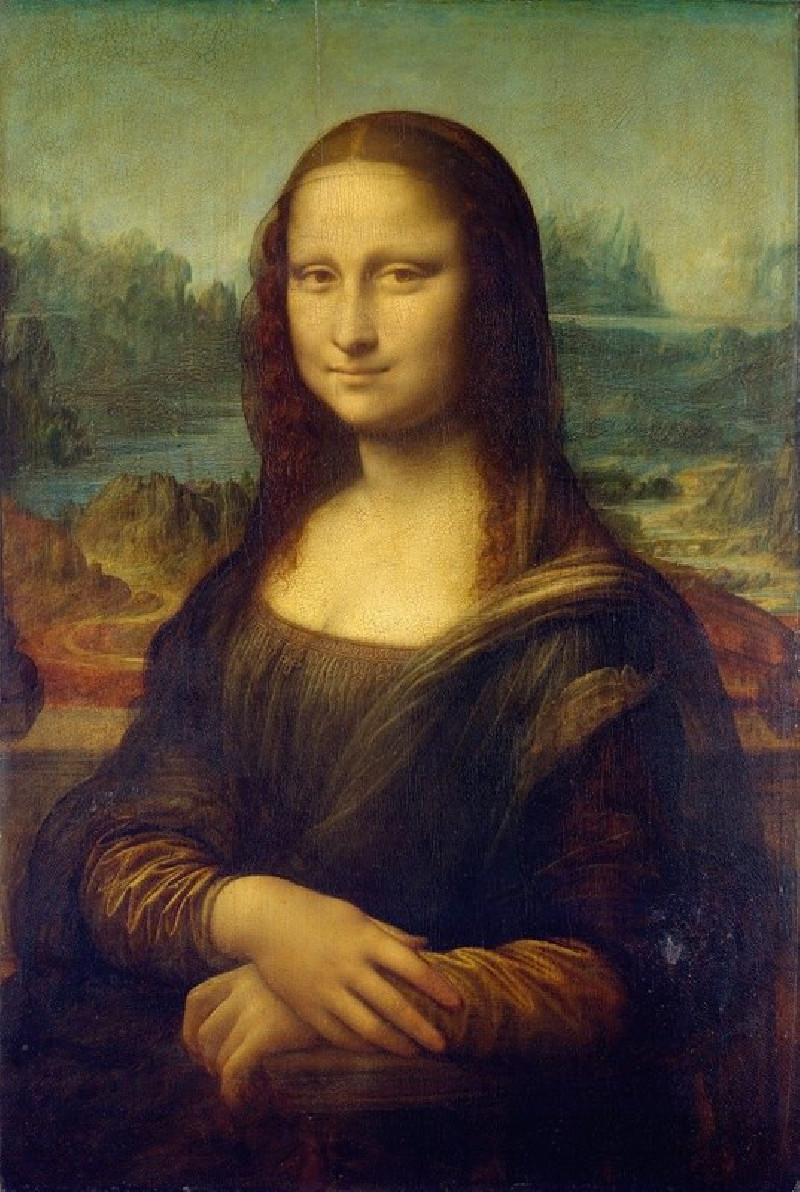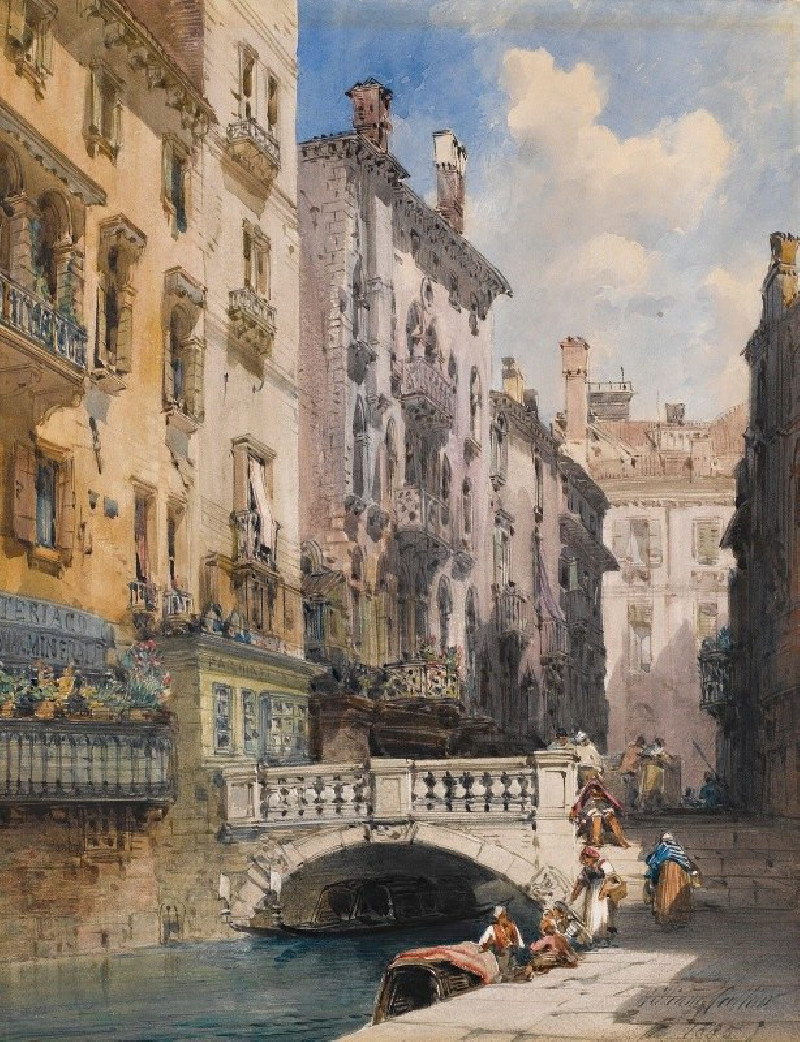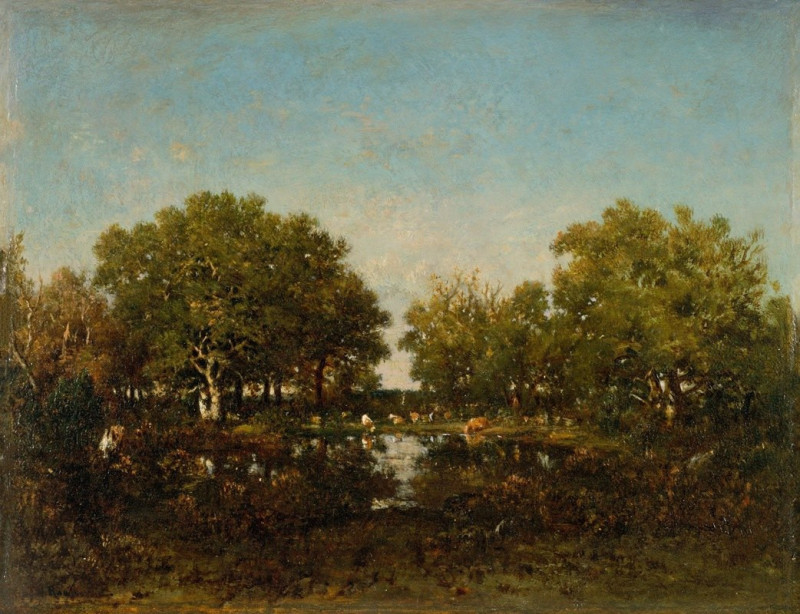Vorstadt VII (1926)
Technique: Giclée quality print
Recommended by our customers
More about this artwork
"Vorstadt VII," a vivid composition created by Karl Wiener in 1926, transports viewers to a whimsical suburb through its expressive use of color and form. The painting showcases a cluster of rustic buildings, each rendered in a unique palette that breathes life into the canvas. A dominant yellow structure at the center draws immediate attention, its walls and roof juxtaposed against the cooler tones of its surroundings.This scene is framed by an archway, underpinning the feel of an intimate, enclosed space. The splash of red on a distant building adds a dash of vibrancy, suggesting depth and layering in the composition. The presence of a small blue stream meandering through the scene introduces a sense of movement, leading the eye through the painting and highlighting the artist's skillful play with perspective.The overall effect is one of dynamic energy and charming irregularity, characteristic of Wiener's style, which often bends architectural realities for an emotive impact.
Delivery
Reproductions are made to order and take 5 to 7 working days.
We send them out by courier and delivery takes another two working days.
If you need a reproduction sooner, please contact us - we can usually find a solution and produce it a little faster.
If you don't want to pay for postage, you can pick up your paintings at our galleries in Kaunas or Vilnius.
Returns
Yes, reproductions can be returned.
If you have any doubts more than 30 days after the date of purchase, please contact us - we will take the reproduction back for a refund or offer you a replacement!
We accept a maximum of two returns per customer - please note that we make reproductions to order, so please choose responsibly.
We do not refund shipping expenses.











